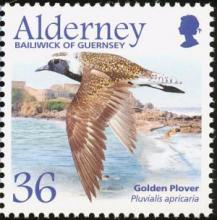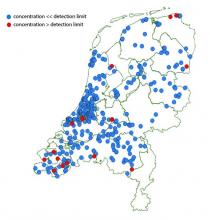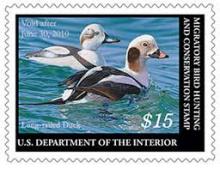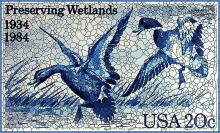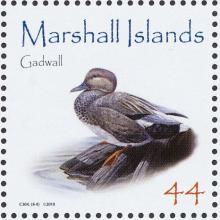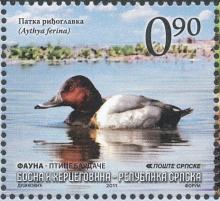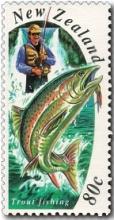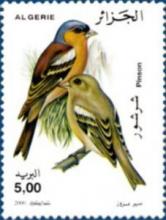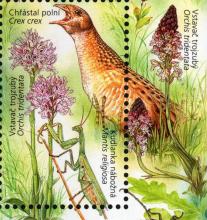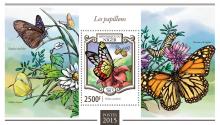Half Scotland’s upland birds suffer significant long-term decline
More than half of Scotland’s upland birds, including the curlew and lapwing, have suffered a “significant long-term decline”, according to official statistics published yesterday. Scottish Natural Heritage’s latest Index of Abundance for Scottish Terrestrial Breeding Birds, reveals that ten of the 17 upland species fell in numbers between 1994 and 2016, contributing to an 16 per cent decrease among upland birds over the period.

